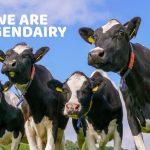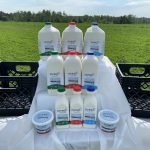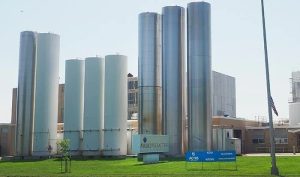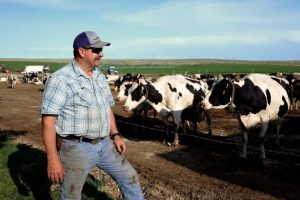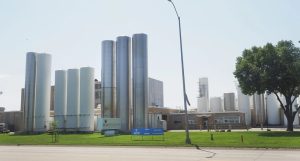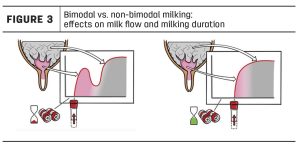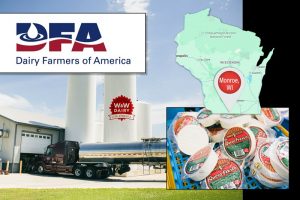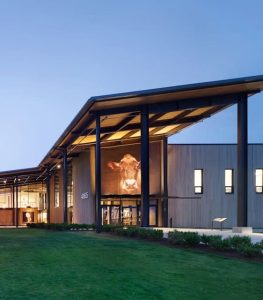
Dairyfest 2021 resumed in Brookings, South Dakota, on June 3-5, nearly a year after the COVID-19 pandemic halted the event.
Dairyfest Chair Darrel Rennich said organizers were pleased to return to having an in-person experience and chance to celebrate the South Dakota dairy industry. It kicked off with the Got Milk Gala on June 3. The night featured a dairy-infused, five-course menu paired with fine wine and fellowship among dairy farmers and the businesses that support and serve the industry.
Despite the pandemic, Rennich said dairy production continued to expand in South Dakota in 2020, and it’s a real shot in the arm for rural communities.
“We have seen tremendous growth. We’re leading the country in over 12% growth in milk production, and it’s exciting,” he said. “The people are moving here from the west, the south, other areas and happy to be in South Dakota. They feel very welcome.”
The keynote speaker was Laura Daniels, founder of Dairy Girl Network. She started the organization in 2013 and said it has been instrumental in helping women network and grow in the industry they love. She said it includes individuals from all facets of the industry, from veterinarians to feed sales and everything in between.
“The connection with Dairy Girl Network is all about dairy farming,” she said. “That is our common bond.”
Daniels said the networking is critical because dairy producers can often be isolated, both males and females, but it also provides value and support.
“It is such an awesome source of information and real time, real advice from real farmers and real women who are walking a mile. They are willing to share their experience and their advice,” she said.
Through the Dairy Girl Network, Daniels speaks and conducts workshops on team building and farmers sharing their agricultural message and story with the public.
The Dairyfest carnival resumed as well on June 5 from 9:30 a.m. to 12:30 p.m. However, due to COVID restrictions, it had a much different look, as a drive-thru experience. Cars full of enthusiastic families lined up to drive through the Swiftel Center and the various stations that were set up to teach consumers about the importance of the dairy industry in their lives and to the economy and just how milk is produced. One of the stations featured dairy cattle and calves and another the technology used in the industry, like robotic milkers.
“I’m talking to our consumers about how cows come into the robot, why they’re getting milked in the robot and where the products are coming from and no human will touch a cow in this robot,” explained Kristin Pronschinske, a DeLaval Robotics sales specialist.
Another stop illustrated how dairy cattle are sustainable, how the methane from their manure is used to generate energy and how manure is a valuable asset that is used to fertilize crops.
“I am teaching people about how we recycle nutrients, recycle manure, and the different products cows give us, and it’s really essential to farming because we use those nutrients for our fields,” said South Dakota State University dairy production and manufacturing student Denver Stage.
Consumers attending Dairyfest also got to see one of the large dairy tankers that hauls milk from the dairy farm to the processing plant. Plus, a station was set up with all the various feedstuffs used in a total mixed ration and how cows utilize that diet to produce milk.
Edna and Bob Noland of Brookings said it was a fun experience, and they were surprised to find out that a dairy cow drinks around 50 gallons of water per day. They also learned how South Dakota is a hot spot for dairy production and how efficient today’s dairy cows are at producing milk.
“We learned how much better the cows are at giving milk, more than 22,000 pounds a year, and the innovations like DeLaval with their robotic milking,” said Bob Noland.
At the end, participants got treated to cheese and SDSU ice cream.

